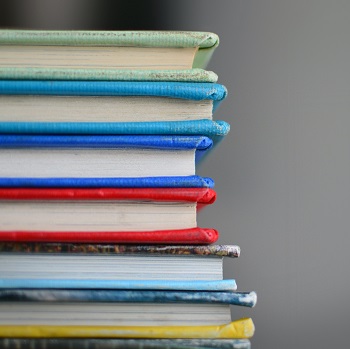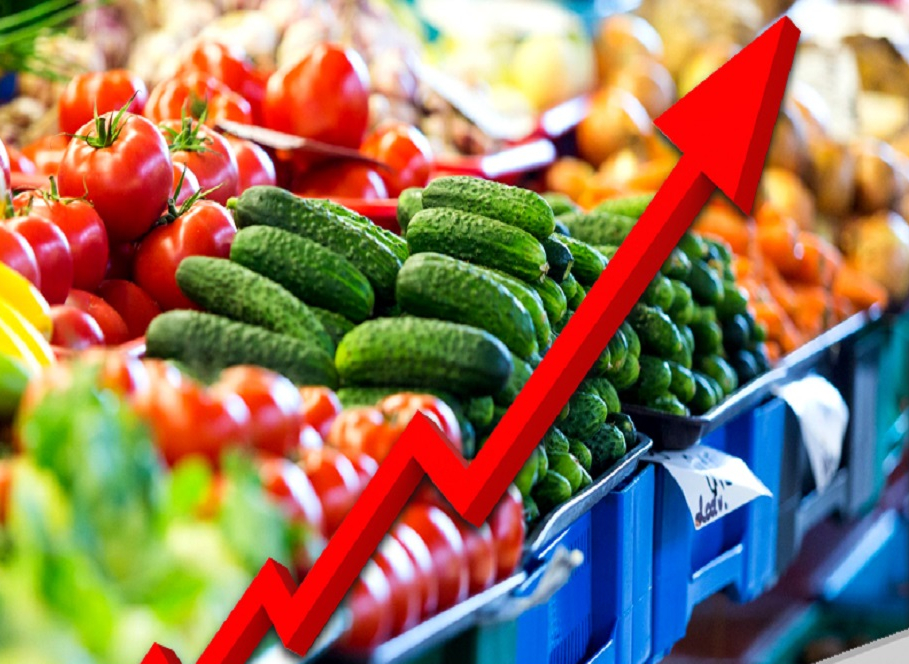By Emun Hafeez
This blog draws upon findings from the policy note, prepared by Consortium for Development Policy Research (CDPR) in collaboration with UK Aid-funded Sustainable Energy and Economic Development (SEED) Programme, titled “Financing Sustainable Tourism in Khyber Pakhtunkhwa: Mobilizing Local Resources” and explores the opportunities and challenges of creating a self-sustaining system of tourism development in the province of Khyber Pakhtunkhwa (KPK).
Pakistan boasts a myriad of natural marvels and a rich cultural heritage. With mighty mountains and lush green hills in the North to rolling deserts in the South and a plethora of religious and cultural landmarks scattered all over, the country offers much in the way of tourist destinations. Unfortunately, the country had been afflicted with poor internal security for the past two decades but now as the security situation improves, both domestic and international interest n in visiting these picturesque sights has grown, so much so that Pakistan was named the top tourist destination in 2020 by Forbes and Conde Naste Traveler. However, as with any diamond in the rough, it is imperative to invest time and resources under good governance to reap the full benefits of what nature and history has to offer.
The province of Khyber Pakhtunkhwa has seen an unprecedented increase in tourists in recent years. While this growth has resulted in the creation of economic opportunities and bolstered the hospitality and tourism service sector in the region, dearth of adequate resources and infrastructure has made it difficult to cater to this massive influx of tourists especially during peak season[1]. This lack of capacity creates adverse economic and environmental impacts which are preventable. The biggest challenge impeding capacity building and infrastructure development in the region remains lack of revenue and resources available for the development, upgradation, and maintenance of tourism sites.
Learning from Global Experiences
Global experience demonstrates that the best way to promote tourism development is by embedding a self-sustaining system of revenue generation and expenditure within the region. International best practices further indicate that the most transparent and efficient way of achieving this is through local governments. Local governments have the capacity to ring-fence revenuesi.e. guarantee that funds allocated for a particular purpose will not be spent on anything else. Revenue collected via hospitality and tourism activities as well as through user fees, tolls and charges can be invested in tourism development in the region. Studies have shown that local tax collection earmarked for specific purposes and uses, in accordance with the preference of consumers, creates better incentives to pay that otherwise may be weak or absent in a centralized tax and expenditure system.
However, hypothecation (or ring fencing) of taxes comes with a caveat; complete reliance on locally generated revenues to fund tourism development can be counterproductive given the procyclicality of tax revenues. This can result in a shortage of funds and consequently impede provision of tourism products (goods and services) during economic downturns. Hence, a hybrid model or what is known as weak hypothecation is preferred world over. This is when a portion of revenue from the central pool also goes towards tourism development in addition to what is generated through earmarked taxation.
An important benefit of taxing certain tourism related activities is that it helps mitigate the effect of negative externalities associated with tourism such as degradation of environment and natural resources. Moreover, money generated through such taxes can be used to build resilient systems of tourism which are better equipped to absorb shocks resulting from climate change and pandemics[2].
Potential for Ring Fencing Taxes for Tourism in KPK
In Pakistan, tourism is a provincial subject and hence budgetary decisions are made at the provincial level. All revenue collected in KPK goes into a provincial consolidated fund and the provincial government then makes expenditure decisions for various sectors specified in the annual budget. Furthermore, constitutional provisions do not allow for ring-fencing at the broader, provincial level. However, there is potential for ring-fencing through various authorities operating within the province as these authorities[3] have the mandate to decide how to use revenue generated through several tools at their disposal.
This prospective avenue for ring-fencing is constrained by its own set of issues. There is significant overlap in administrative jurisdictions across these authorities and local bodies resulting in an administrative spaghetti bowl with multiple departments, overlapping jurisdictions, regulations, and numerous taxes/levies making tourism administration and management exceedingly complex.
Local Challenges for Investing in Sustainable Tourism
Lack of Tax Compliance: The most prevalent issue in KPK is the lack of tax compliance within the tourism industry. Due to seasonality of revenues business owners and service providers attempt to maximize revenues during peak season to tide them over during dry spells. Without a steady stream of tax revenue, the entire case for hypothecation falls flat as there are no funds to apportion. In recent years successful efforts have been made to increase compliance but more needs to be done to reach a self-sustaining level of revenue.
Ecological and Environmental Threats: Unchecked flow of tourists poses serious threats to the environmental integrity of the region. Pigouvian taxes[4] can be used to regulate the flow of tourists and to mitigate negative externalities caused by commercial activities such as deforestation, pollution, solid waste disposal etc. The provision of a public good or a service can be connected directly to a fee or a charge to create willingness to pay.
Complicated Regulatory Landscape: As highlighted above the overlapping administrative jurisdictions make tourism management exceedingly difficult. To overcome this, it is imperative to improve interdepartmental and inter-authority communication and cooperation with a clear delineation of mandate and jurisdiction of each department/authority.
Lack of Private-Sector Engagement: The private sector has limited engagement with the authorities which dampers its ability to influence decisions which affect the region. This acts as a disincentive to pay taxes/levies or fees to these authorities even if the money is being spent locally on improving public services and infrastructure. Formalization of private sector engagement with the authorities is essential to garner their support and increase compliance.
Revenue Leakages and lack of skills: Much of the investment in tourism products in KPK comes from outside the province which means revenues generated leak out to wherever the holding companies are based. Additionally, low levels of economic activity and development and lack of a skilled workforce in the region constrain local involvement in the tourism and hospitality industry. Hence, there is an urgent need to focus on the capacity building and skills training of locals.
Lack of Data on Tourism: The dearth of data on tourism in terms of tourism flows, grading of restaurants and hotels limits the capacity for evidence-based policy design for the tourism sector.
Key Policy Message
The premise of a self-sustaining tourism development system is contingent upon the province’s ability to extract a steady stream of tax revenue from its tourism industry and the exercise of taxing tourism related activities can only be successful if the money collected translates into tangible infrastructure and improvement in systems as this reinforces incentive to pay such taxes. Moreover, local support for the tax regime is essential for its success and can only be achieved when there is sufficient pay-off for locals of the region in terms of job creation and increased economic prosperity. Investment in enhancing the skills of locals is essential to increase the value of contribution of locals to the tourism sector which will in turn increase the portion of revenue generated and retained in the region.
Emun Hafeez is a Research Associate at the Consortium for Development Policy Research.
[1] Turab (2022)Financing Sustainable Tourism in Khyber Pakhtunkhwa: Mobilizing Local Resources
[2] Turab (2022)Financing Sustainable Tourism in Khyber Pakhtunkhwa: Mobilizing Local Resources
[3] Khyber Pakhtunkhwa Tourism Development Authority, Galiyat Development Authority, Kaghan Development Authority and the upcoming Upper Swat Development Authority.
[4] A Pigouvian tax is a tax on a market transaction that creates a negative externality, or an additional cost, borne by individuals not directly involved in the transaction. Examples include tobacco taxes, sugar taxes, and carbon taxes






